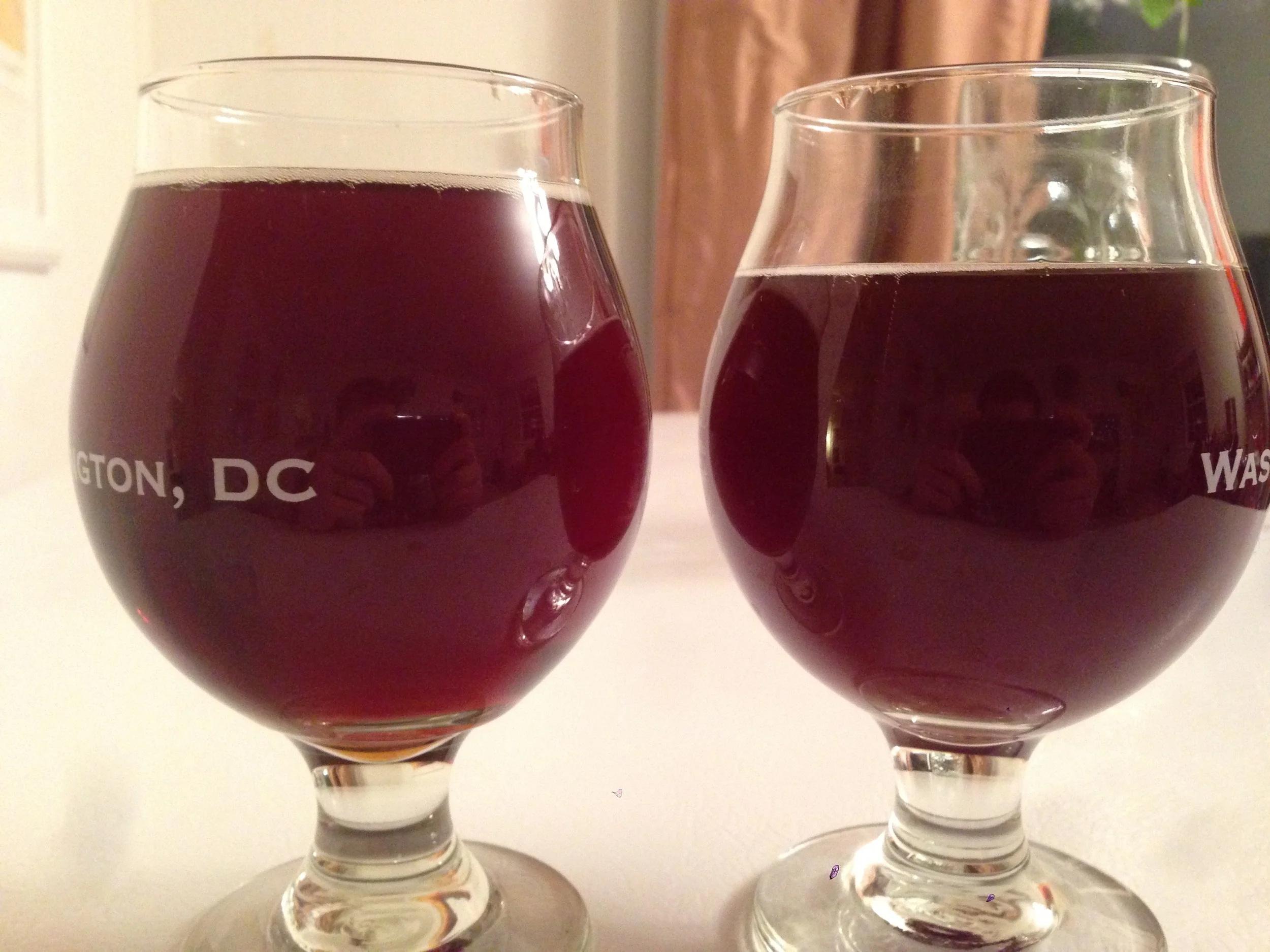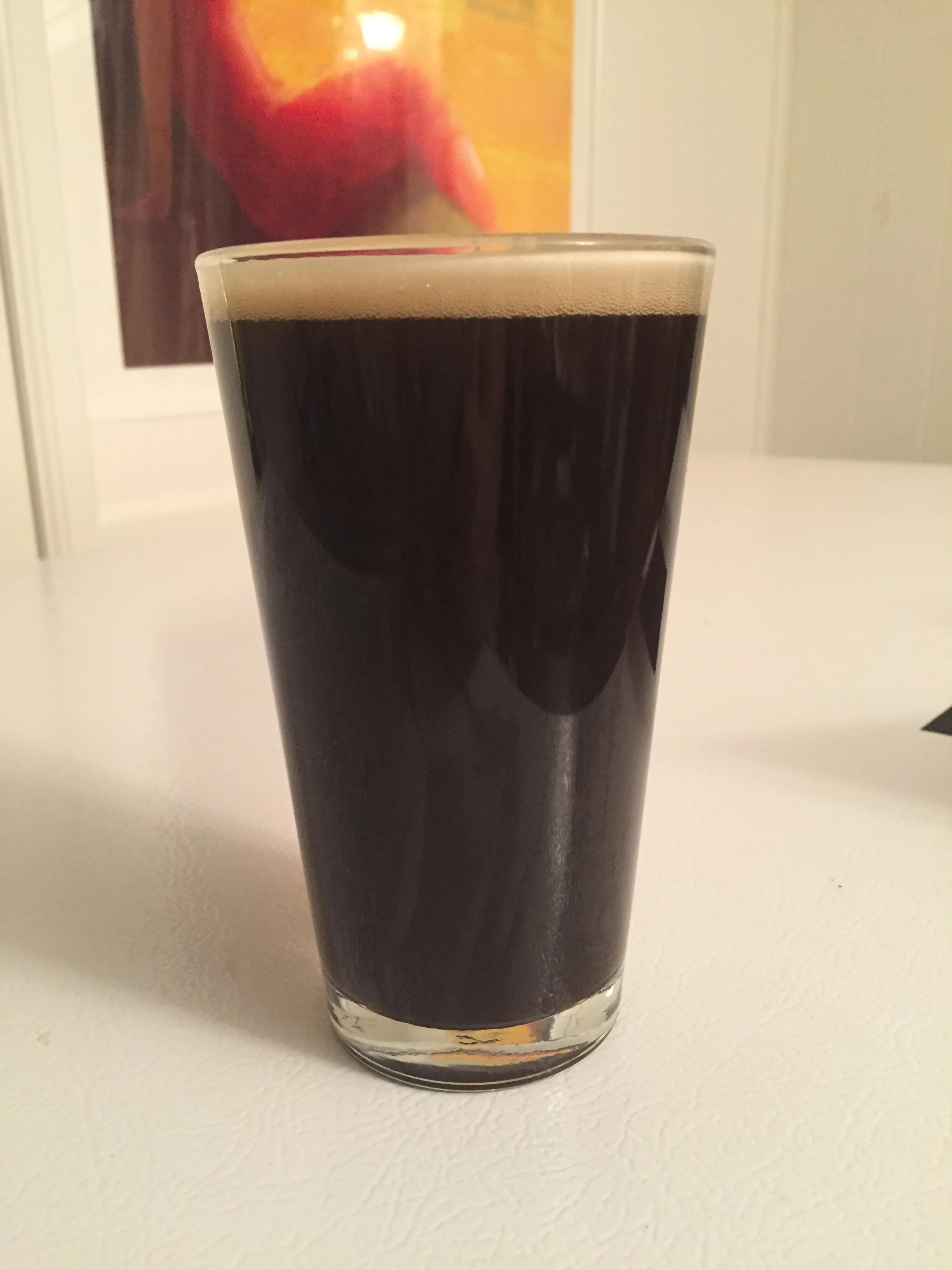Annibeersary 3: Sir Etch-a-sketch
/Back in August we had the chance to go to Denver and visit The Source. In the River North district you can find Crooked Stave Artisan Beer Project nestled inside The Source. They make some wonderful funky and sour beers. In fact Chad Yakobson, the owner/brewer of Crooked Stave wrote his dissertation on Brettanomyces. The Brettanomyces project is probably more than most people need to read on Brett but a fantastic resource. The effort from that clearly shows in the beers from Crooked Stave.
While we tried just about everything on tap and a few bottles, Surette really stood out and we brought a few bottles home with us. After reading over the Brettanomyces Project, and reviewing a few lectures Chad gave, we decided to try and spin up the dregs from Surette. Surette is fermented with a blend of BSI B. Drie, CMY001, Orval's B. Brux, and ECY B. custersianus then barrel aged. We didn't entirely know what to expect from this, but 2 bottles of dregs and 500ml of wort started fermenting pretty fast. We stepped this up over five days.
Deciding what to make to celebrate another year together always tends to be interesting. We were hoping to use some of our own hops, though they were a little burned out from summer. Luckily our friend Jeff gave us a sample of his homegrown cascade.
Sir Etch-a-Sketch
9lb pils
3lb white wheat
½ lb aromatic
1lb acid malt
1oz warrior 60min
1oz cascade 20min (leaf)
.9oz centenial 5min (homegrown)
Surette Culture
Mash
20min acid rest at 120
60 min sacch at 153
mash out 164
OG: 1.070
FG: 1.003
ABV: 8.8%
Pitched starter 10/28/15
Test 11/15/15: measured 1.009 Slight acidity, fairly dry, smells very bretty, tastes balanced little bit of lemon but very reminiscent of avery twenty two before dry hopping.
12/20/15: FG: 1.003 abv 8.8 Full flavored, nice malt base but mainly lemony flavored. Not overly acidic but well balanced.
1/10/16: added 2oz cascade for dry hopping while cold crashing.
This beer was brewed at the end of October and left to mature (slightly forgotten about) until the beginning of January. It was never trying to be Surette, but it turned out great! It has a bright hop nose with a hint of acidity. It isn't super sour but has a little acidity to it, hops up front but has a refreshing lemon character a bit of a dry wheat finish. It gets a little more fruity as it warms up. I think the dry hopping really rounded out the aroma and paired well with the slight lemon tartness. This is easily the best beer I think we have ever made. I almost feel bad that we got snowed in with it and I might drink the entire keg by myself.




















